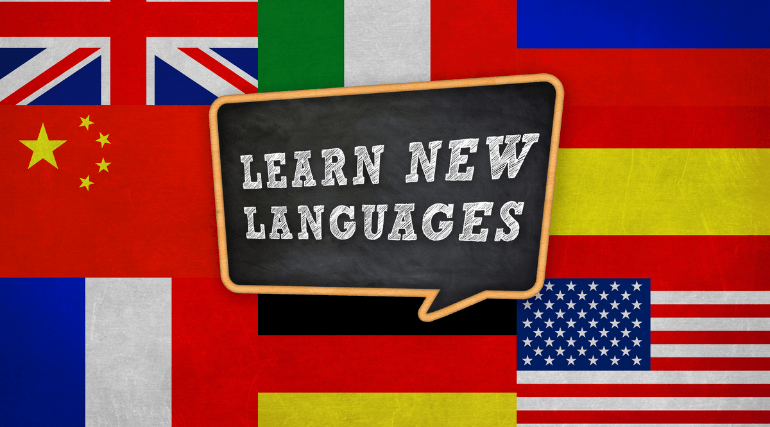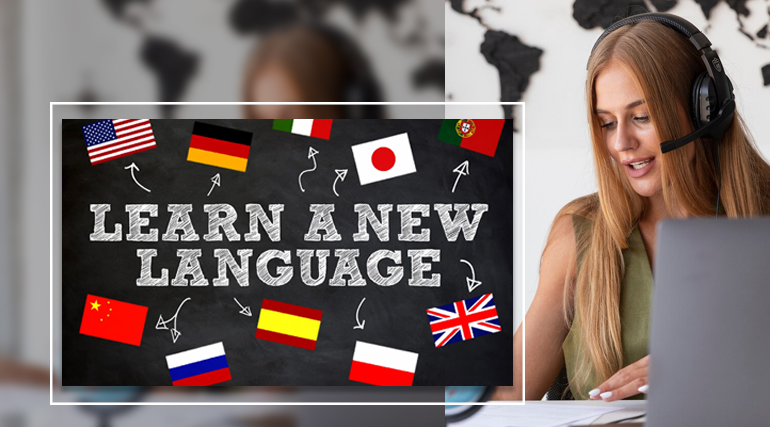Busting Myths About Paying College Fees
You've gone through financial aid paperwork, crossed off the most expensive schools from your list, gone over borrowing alternatives, and encouraged your child to think about engineering rather than English lit.
So you believe you have everything under control in college. Not exactly. Those pricey colleges you ruled out? In the long term, they could be less expensive than certain less expensive commercial or governmental organizations.
You're looking at federal loans for parents so your child doesn't graduate with debt? They might not be the best option after all. If you believe a technical major will be more beneficial to Junior than a liberal arts degree, you're wrong.
Myths and disinformation persist even among the most informed parents. With the typical four-year bill ranging from $71,500 at in-state public universities to $240,000 at elite private institutions, the last thing you need is to overpay, overborrow, or pass up a college that can deliver an excellent education at a reasonable price.
#1: Everyone takes out loans
The overall amount of student loan debt in the United States reached a new high of $1.75 trillion in 2021. That astonishing figure may give the impression that everyone borrows money to pay for education. However, according to EducationData.org, only around 30% of all undergrads had taken out federal loans to fund school expenditures as of 2021.
Others borrow money from relatives or take out loans from private groups. Approximately 65% of today's undergraduates graduate with debt.
You may be able to fully eliminate student loans with smart preparation.
#2: You can't afford a private college
Don't mistake private school sticker costs ($39,500 on average vs. $18,000 for the average public institution) with the amount you'll pay. Discounting by private universities has become the norm, especially for good students.
These reductions are usually granted as merit assistance and are not based on financial need. As the number of students in college declines, institutions are increasingly vying for students, resulting in an awards arms race. In fact, merit grants (44 percent) are now more common than need-based help (42 percent ). According to the National Association of College and University Business Officers, the average discount reached 45 percent last year, a new high.
To be sure, Ivy League institutions and a few other elite private schools continue to prioritise need-based aid, but their definition of need frequently includes families with greater incomes. Many additional high-quality institutions also provide merit aid. For example, 22 percent of Rice University students receive academic scholarships totaling $15,000, while roughly 46 percent of Denison University students receive merit prizes averaging $16,300.
#3: State schools are the most affordable.
Yes, your state's public colleges and universities may have been supported by your tax funds for years. A public school's sticker price may make it look more inexpensive. However, these institutions may still be more expensive than a private school that will satisfy all of your "needs." Many highly costly private institutions, such as Harvard and USC, offer so much financial help to qualifying students that their total cost can be far less than the least expensive public school. The sticker price should never be used to rule out an institution for top pupils. The net price of a college — the price after scholarships and grants — determines whether it is expensive or affordable.
#4: Outside scholarships reduce what you pay out of pocket for college.
False. Unless you pay the whole cost of education out of cash, scholarships do not necessarily lessen your family's out-of-pocket expenses. Your financial assistance package includes scholarships. Outside scholarships may be deducted from your merit prizes or your student loan/work-study allotment by colleges. Inquire about college policies. This is why it is in your best interests to investigate your college options. Choose the one that best suits your circumstances and requirements.
#5: You get what you pay for.
Many parents believe that the more expensive the college, the better the education. However, not only do some expensive universities fail to provide the high-quality education they advertise, but few students spend the same amount at the same schools. The seats in a classroom are comparable to those on an airliner. It's possible that everyone in the room paid a different sum.
You'll need to do a lot of research to find the greatest bargain on a college, just as you would for an airplane seat. In addition to the sticker price, look at schools based on your child's interests, graduation rates, and financial assistance generosity.
#6: If you're not poor, there's no reason to fill out financial aid forms.
There is no precise income or asset level that disqualifies you from receiving financial assistance. The capacity to get financial help will be determined by family circumstances and the cost of the college of choice. Even individuals who did not qualify for help one year may qualify the following year because, for example, another kid may join college, making your family more "needy" according to the aid calculation — or because you earned less or your child is attending a more costly institution. Furthermore, you must complete the FAFSA form if you wish to borrow at low fixed rates through the federal student loan program. Unless you're a billionaire who doesn't care about financial assistance, go to fafsa.ed.gov and get started.











